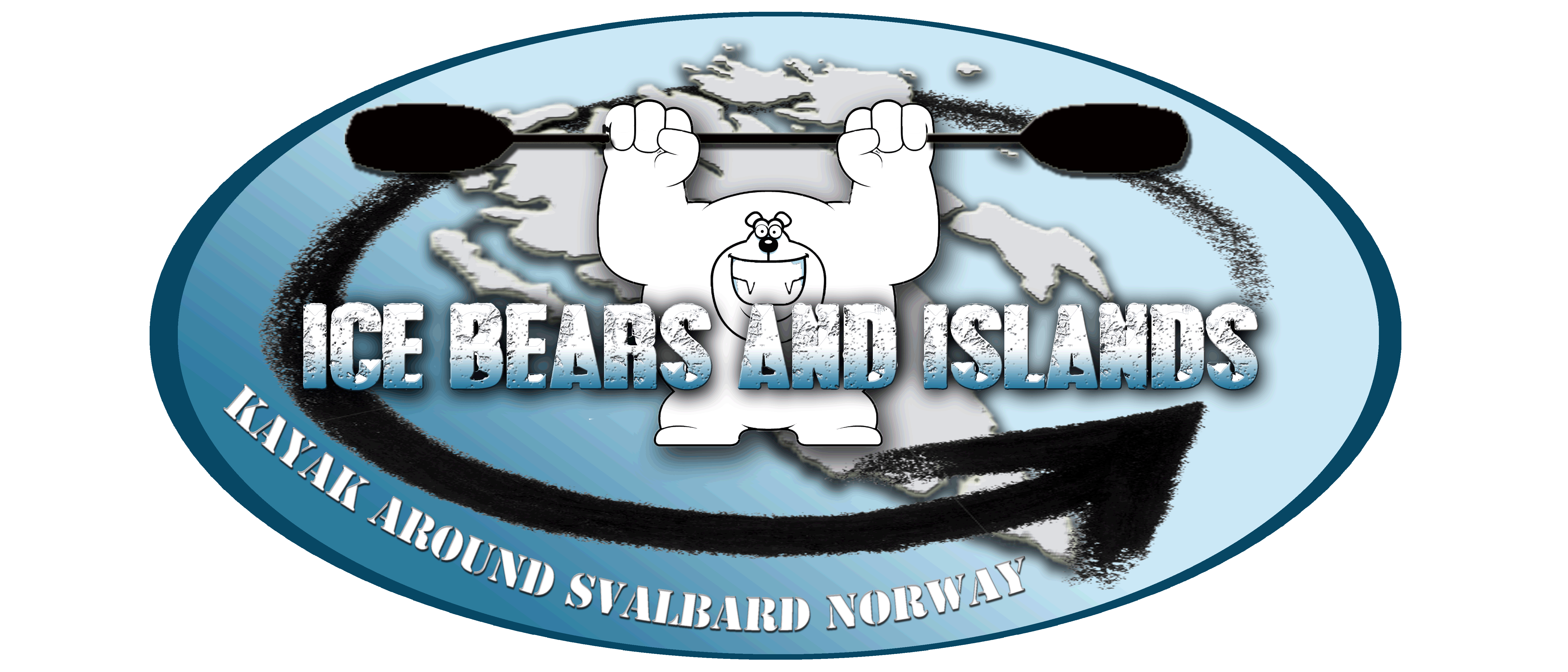Just an update from me in Norway with some pictures
The ice in Svalbard is now starting to break up, it has been a slow start in some ways to the start of the summer, though now the ice is really retreating, the team is feeling strong that this will be a good year for the attempt. In comparison to past ice free years, the ice charts are looking good.

Ice map for June 7th for this year and the last 3 recorded Ice free years when a circumnavigation would have been possible.
Gear in Svalbard
• 3 kayaks and 7 bags of supplies in place at Longyearbyen
• 2 barrels x 115L and 5x5L gasoline on board MS Origo and ready to be cached:)
Communications Equipment
Safety is our main concern during the expedition.
Being well prepared and capable is a key to succeed with this expedition. This includes proper planning, being well-equipped and carry out good decisions in the field.
Safety wise, we bring several means of communication equipment with us;
• A satellite based Iridium GO system will be the main communication system throughout the trip.
• One Delorme Inreach Canada system for tracking our position. This could also be used for short messaging.
• Two PLBs for emergency situations.
• Two signal pens and one signal gun with flares could also be used in such matters, for attracting any inbound rescue teams.
• All team members will have their own maritime VHF radio, to ensure internal communication if separated, or to get in contact with occasional ship traffic for assistance and updates.
Polar Bear Safety
Polar bears are our main risk at Svalbard, and we are vulnerable whenever onshore. Thus, we are intending to have one person on bear guard at all times in high risk areas, while we are in camp.
To ensure personal security, the team have the following equipment;
• Two rifles for self defence, when all other means are used.
• Two signal pens and one signal gun with flash bangs, to scare away any pestering bears.
• An inner, passive defence consisting of a bear fence of 4 poles, with two levels of trip wire drawn between. This highly reduces the potential for a polar bear to get through our last line of perimeter defence.
The trip wire is highly visible, so hopefully it will function both as a fence against animals and limit any unwanted release by ourselves at camp.
At the end of each line, there is attached a flash bang cartridge, an effective measure to scare away polar bears.
The other day the Teams Lendal Paddles showed up at my door great to have that part of the equipment list sorted.
 In less than 4 days the other two will be here with me, and final logistics will be finalized and resolved, before heading to Svalbard on the 19th of June together.
In less than 4 days the other two will be here with me, and final logistics will be finalized and resolved, before heading to Svalbard on the 19th of June together.
Stay Tuned
PG Porsanger







